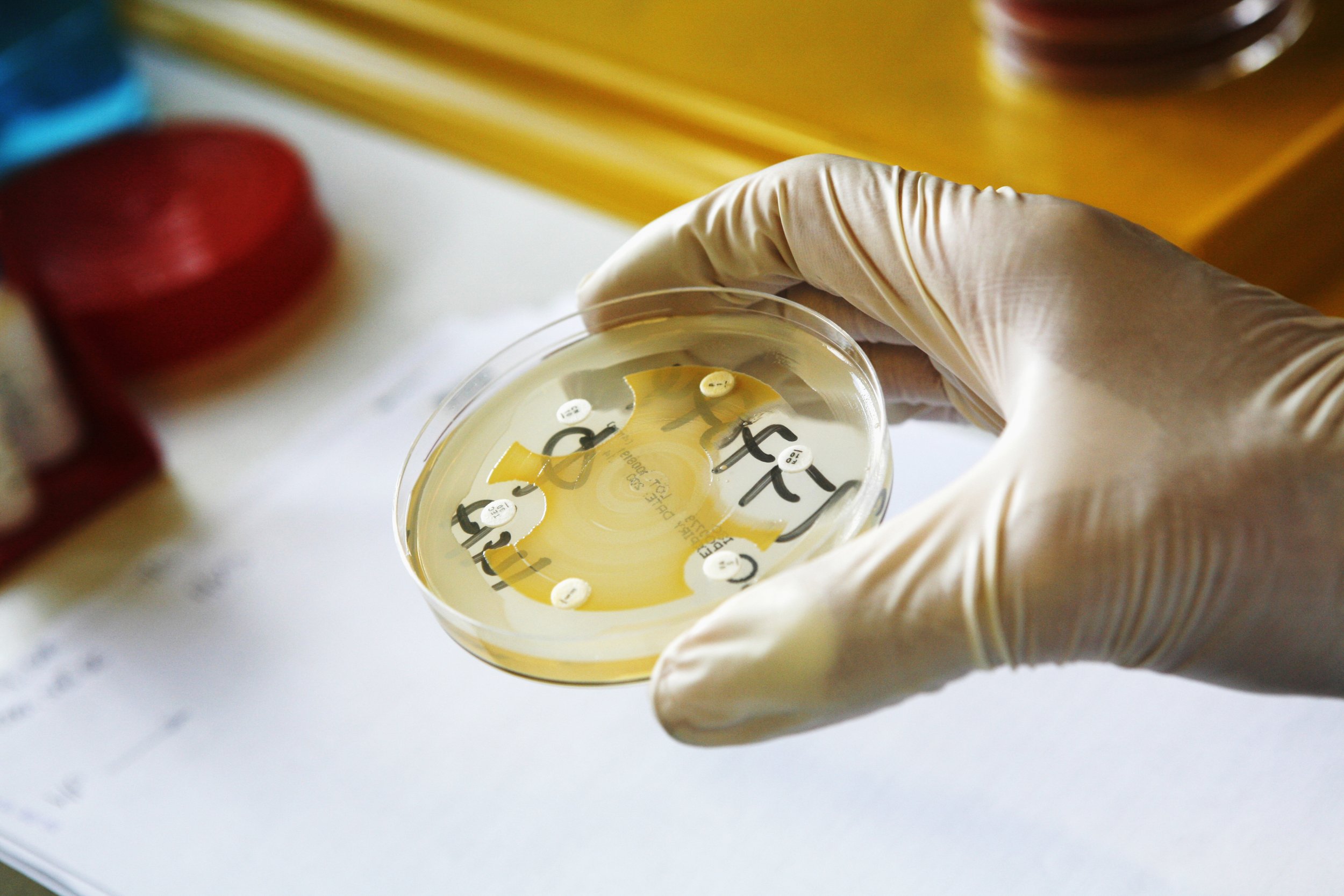
Becoming a new mother is often one of the most fulfilling and joyous moments in a woman's life. But this milestone turned into a living nightmare for Lindsey Hubley, who, shortly after giving birth, contracted necrotizing fasciitis—also known as flesh-eating disease—and underwent a quadruple amputation and full hysterectomy to save her life, according to UPI. The Canadian family is suing the medical center and the four doctors who cared for negligence that caused this hospital-acquired infection following the birth of her son.
Necrotizing fasciitis is not all that common. There are roughly 700 to 1,100 cases each year in the U.S., according to the Centers for Disease Control and Prevention. The National Organization of Rare Diseases notes that doctors typically see only about two cases of necrotizing fasciitis in an entire career. But this highly aggressive bacterial skin infection can also be devastating and fatal. The assortment of bacteria types that cause the infection—A Streptococcus (group A strep), Klebsiella, Clostridium, Escherichia coli, Staphylococcus aureus, and Aeromonas hydrophila—are often found in hospitals.
These types of bacteria don't always become necrotizing fasciitis, but when they do the infection causes death of the body's soft tissue. This includes the fascia, the tissue that surrounds and connects muscles, nerves, fat and blood vessels. These bacteria enter into the body through a cut, scratch, open skin injury or damage and perforation to an organ.
A patient will need to undergo amputation when the toxins from the bacteria start to restrict blood supply and eventually eat away at the tissue they infect. Limited blood supply to an arm or leg causes the tissue to die, which means it is too late to treat with antibiotics.
Symptoms of illness can begin even a few hours after initial infection. A person may have fever, chills, fatigue and vomiting, all of which could be mistaken for other types of illnesses. The most important clue to look out for is if these symptoms occur after some type of skin injury. As the injury progresses, patients often report lack of feeling in infected body parts when the tissue begins to die. Other later symptoms include loss of consciousness. The infected tissue could split open and release drainage fluid. Blisters can also form.
The best way to protect yourself from necrotizing fasciitis is to keep cuts, scrapes other injuries well bandaged and clean. This includes covering draining wounds with clean bandages until they have healed completely. It's best not to wait to treat even minor scrapes, blisters or breaks in the skin with an antibacterial ointment and clean bandages.
The chance of acquiring such an aggressive infection is rare, though some people are at higher risk. People with diabetes, kidney disease, certain cancers and other conditions that compromise the immune system such as HIV/AIDS may make that person prone to infection.
Uncommon Knowledge
Newsweek is committed to challenging conventional wisdom and finding connections in the search for common ground.
Newsweek is committed to challenging conventional wisdom and finding connections in the search for common ground.
About the writer
Jessica Firger is a staff writer at Newsweek, where she covers all things health. She previously worked as a health editor ... Read more
To read how Newsweek uses AI as a newsroom tool, Click here.








